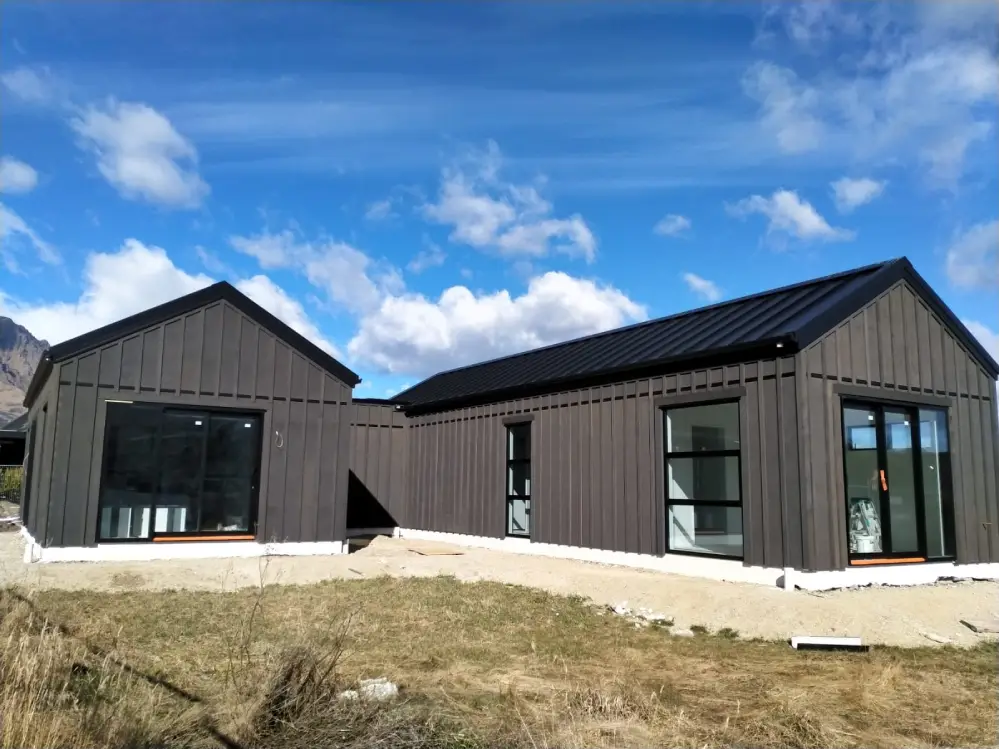
Wood has always been a timeless choice in homes—whether it’s for furniture, window frames, or doors—thanks to its natural beauty, durability, and classic appeal. Many of us have grown up surrounded by wooden features, making it a familiar and comforting element in any space. Its versatility also makes it easy to match with both modern and traditional home décor.
To preserve and enhance the charm of wooden surfaces, wood staining is a highly recommended service. It not only brings out the grain and texture of the wood but also provides long-lasting protection. If you’re considering refreshing your timber features, a professional house painter in Hamilton can deliver expert wood staining that ensures a smooth, even finish and lasting results. With the right products and application, your woodwork will continue to look stunning for years to come.
What Is Wood Staining
Wood staining is a popular process of applying a coat of coloured liquid, known as the stain, to the wood. This is often done to alter the wood’s appearance and enhance its grain. The process is popular for its ability to notch up the style quotient instantly.
What Does the Wood Staining Process Look Like
The wood staining process is simple and usually involves the following steps:
- Preparing the wood’s surface by scraping off any layers of dust or paint.
- Apply a layer of the stain gently, ensuring the wood gets covered properly.
- Additional coats of the stain were added to achieve the desired look.
- Once satisfied with the stain’s shade/tint, a layer of sealant is applied to the wood as a protective layer.
Monumental Benefits You Should Not Miss Out On
Here are the key benefits of wood staining that are worth considering:
Maintains Wood’s Texture, Grain, and Colour
Wood staining is available in solid, semitransparent, and clear colours, with diverse options in tints. As a result, the process becomes a versatile option for staining wood for any type of interior and exterior decor theme.
Unlike paint, the wood stain tends to fade away instead of peeling off, allowing room to redo the stain as and when needed. However, to get the best finish from the wood staining process, it’s essential to identify the wood species you are currently working with, its staining capabilities, and the extent of staining required to achieve the desired finish.
Highlights the Wood’s Beauty
Unlike paint that coats the wood, stain becomes a part of the overall wood finish. This gives the finished product a bright and natural appearance. Another benefit of using wood stain is that it can be used to highlight the unique texture of the wood.
As the wood grains remain visible despite staining, you can continue enjoying the natural aesthetics of wood’s natural grace without worrying about the furniture piece or window/door frames becoming vulnerable to damage due to the sun, moisture, and everyday use.
Protects the Wood Against Rotting
Despite its durability, wood can become susceptible to rotting if it’s not prepared enough for exposure to dirt, sunlight, and moisture. Rotting becomes more common in wood placed on the exterior of the house, like benches, window/door frames, and other wooden structures.
Besides, rot can show up in various ways, including moulding, mildew, and in worst cases, termites. These elements can eat away at the structural integrity and durability of wood, making the bench or frame vulnerable to collapsing. Wood staining acts as the first line of defence whenever the initial onset of these conditions arises, protecting the wood in the long run.
Sun and Moisture Protection
Moisture or water damage is often dreaded when it comes to wood. The humidity can give rise to mould or fungal growth (if the structure is not in use). Meanwhile, unsealed lumber is likely to absorb water if placed in an area where exposure to water is frequent.
If the wood is not stained before being put to use, it’s likely to start degrading on the inside before the early signs of exterior damage show up. On the other hand, exposure to sunlight without the wood being protected can cause fading and weaken the wood’s structural integrity.
The Bottom Line
Wood is an essential component in our lives, and from furniture pieces to window and door frames, natural wood is everywhere. Wood staining is recommended to protect its structural integrity and ensure these structures can withstand years of use. The process doesn’t take away the natural aesthetics of the material while adding a layer of protection.
